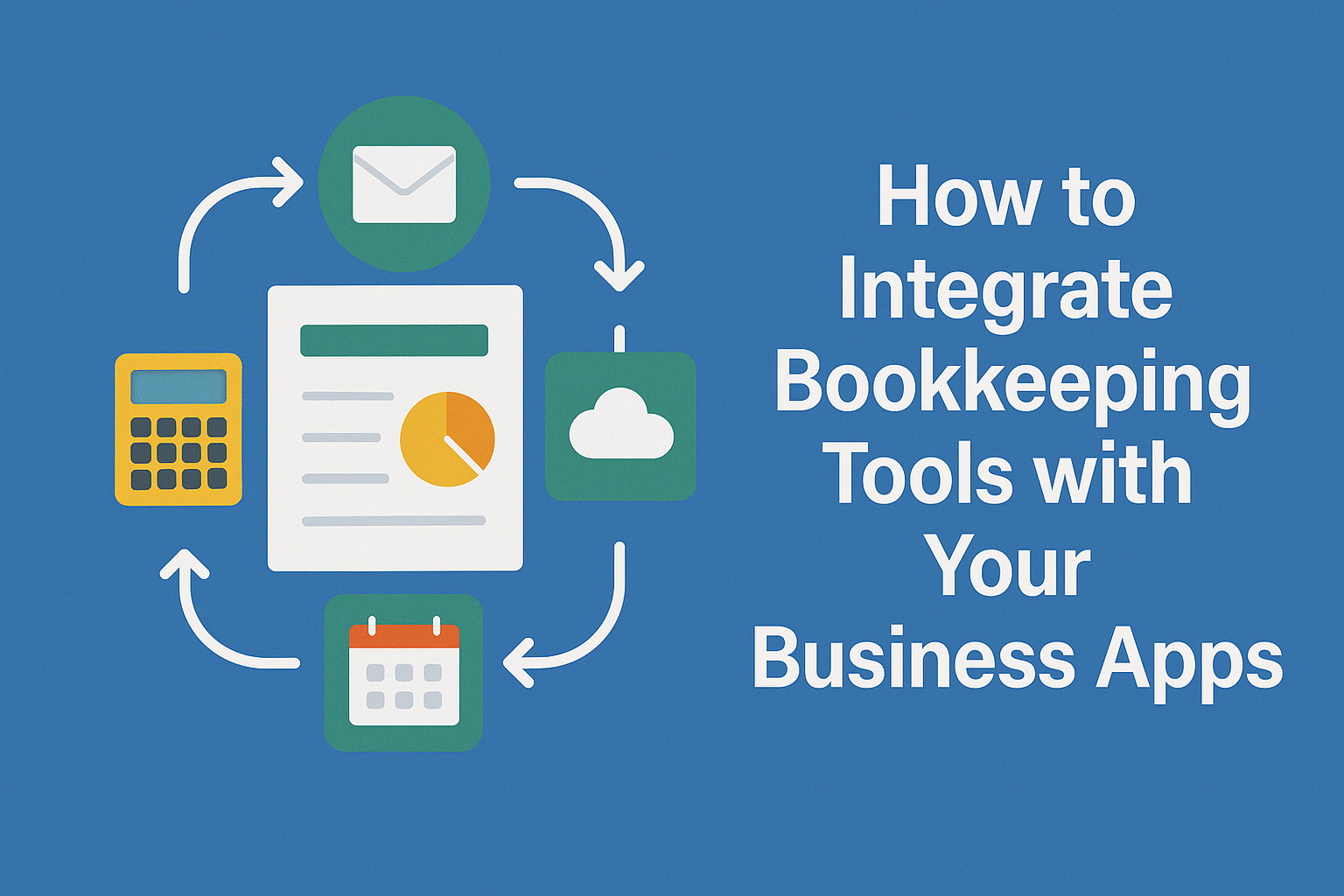
For many small and medium-sized businesses, bookkeeping tools and business apps operate in silos. Your sales data sits in one system, invoices in another, payroll somewhere else — and someone has to manually stitch everything together.
That manual work isn’t just time-consuming. It’s also prone to errors and delays. The good news? Modern tools are designed to talk to each other — if you integrate them right.
Here’s a step-by-step guide to integrating bookkeeping tools with your other business apps so your financial operations run faster, cleaner, and with less effort.
Before connecting anything, get a clear picture of your current tech stack.
List out:
This gives you a clear roadmap for which systems should integrate — and which manual steps you can automate or eliminate.
Not every piece of information needs to sync between systems. Focus on the high-impact data flows that save time and reduce errors:
This “critical data” is where integration delivers the biggest ROI.
The best way to simplify integration is to start with tools built to integrate easily.
Platforms like QuickBooks, Xero, and Zoho Books already offer:
Automation platforms like ccMonet can then sit on top, handling repetitive manual tasks — such as invoice reading, expense categorization, and reconciliation — and pushing clean data into your accounting system.
Many popular business tools already have native integrations.
For example:
Start with these out-of-the-box integrations — they’re usually more stable, secure, and cost-effective than building custom connections.
If native integrations aren’t enough, middleware platforms (like Zapier or Make) can bridge the gap between tools that don’t talk to each other directly.
This lets you:
This is especially useful for startups and SMEs that use multiple lightweight tools rather than one heavy ERP.
Even with integrations, there’s often a gap between raw data and clean accounting records. This is where an automation layer like ccMonet shines.
For example:
This extra layer ensures accuracy and saves time without requiring your team to handle manual coding or data entry.
A good integration setup fails if your team doesn’t understand how data flows.
Make sure you:
With a clear process, you’ll keep your system running smoothly and avoid integration chaos.
Your business will grow — and so will your tech stack. What works today may need adjustments tomorrow.
Schedule regular reviews to:
Integrating your bookkeeping tools with your business apps is one of the smartest ways to save time, reduce errors, and get real-time visibility into your finances.
By:
you can build a system that works quietly in the background — so your team can focus on growth, not admin.
✨ ccMonet helps SMEs make this process seamless — automating the manual steps between your business apps and your accounting platform.
👉 Learn more and see how to create an integrated, paperless finance workflow.